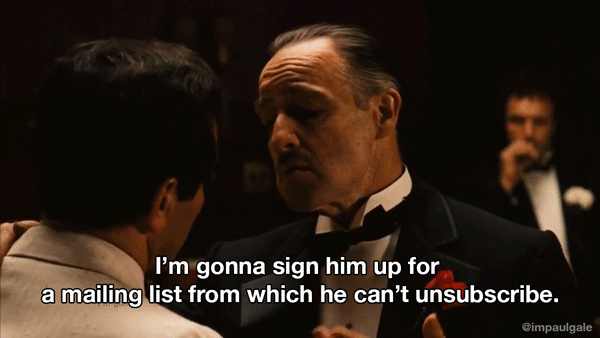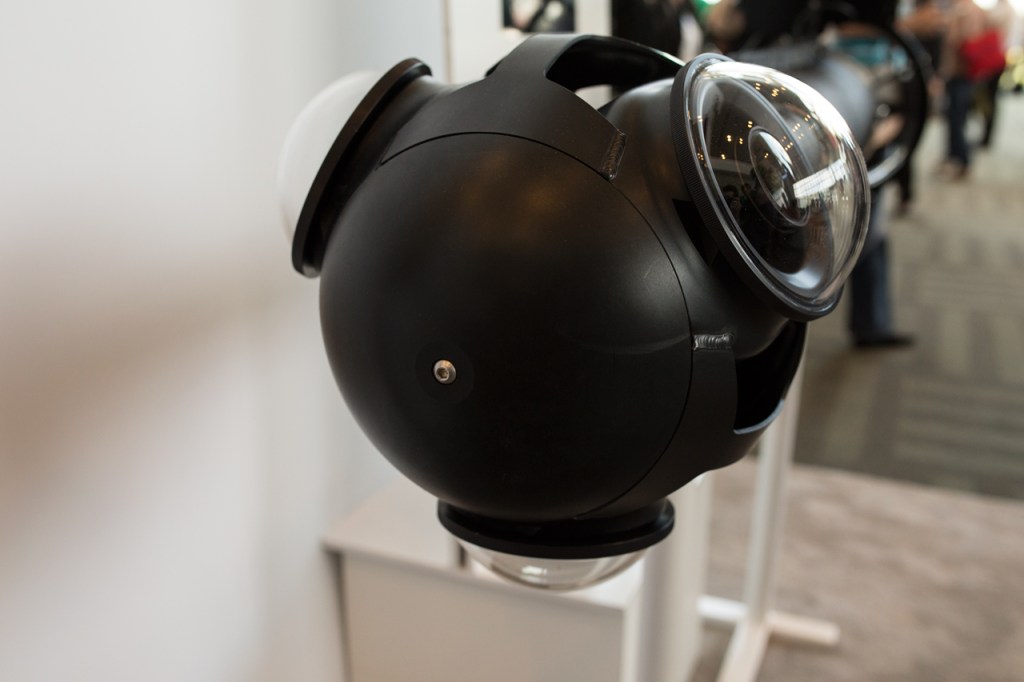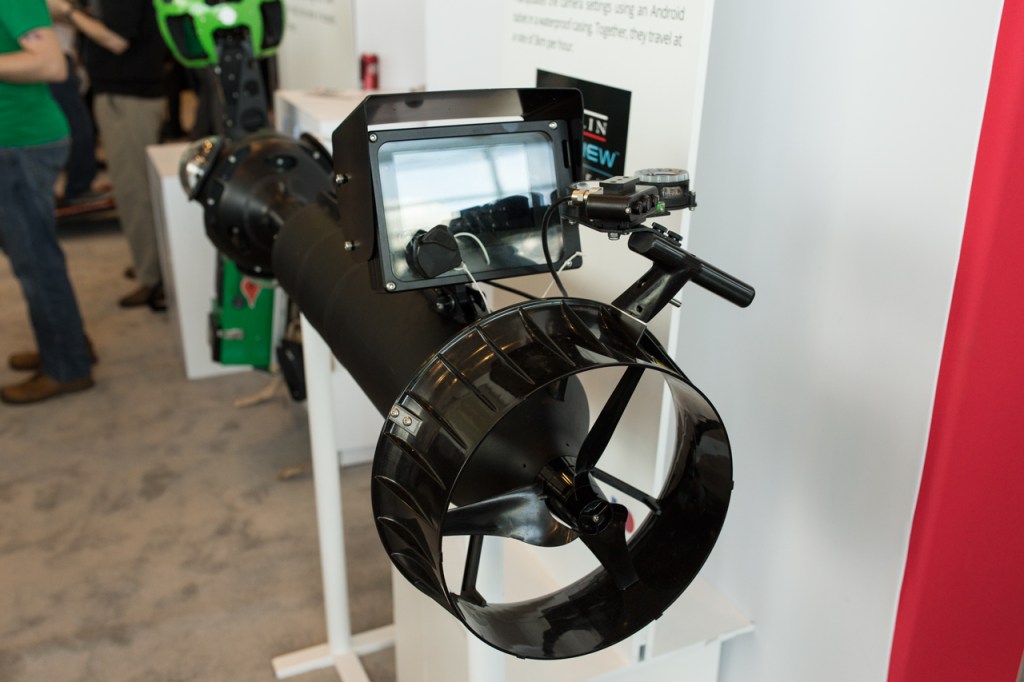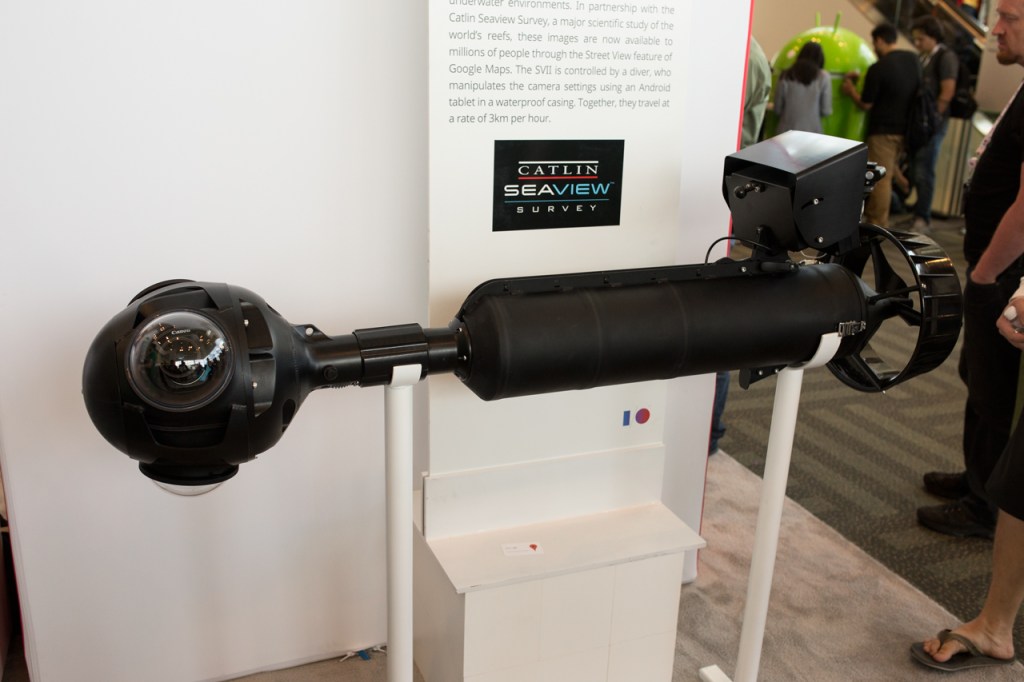In case you couldn't find the typo, this photo clearly illustrates it.

Eric Fehrnstrom, Romney's senior campaign adviser, has stated about the campaign: "It's almost like an Etch A Sketch. You can kind of shake it up and restart all over again."
We bet they wish they could shake one now.

In this viral photoshopped image, Romney's children spell out Rmoney, not Romney.

Romney's digital team really could have used spell check. Or a dictionary.

The guy holding the sign in the back has a message for Romney, but it seems he needs an editor too.

Just sotp with all the typos already.

Sometimes it's just best to look it up first.

We imagine this is what Romney's digital team looked like after discovering the gaffe.

Ralph is for a better Amercia, of course.

Mercia was one of the kingdoms of the Anglo-Saxon Heptarchy. It was centred on the valley of the River Trent and its tributaries in the region now known as the English Midlands. The name is a Latinisation of the Old English Mierce or Myrce, meaning "border people". - Wikipedia

Romney "clenched" the nomination for president of Amercia. Interesting.

Mitt Romney's digital team debuted "With Mitt," an app that lets supporters share their support for the Republican presidential hopeful, on Tuesday. At first, the app received little fanfare.
By Tuesday night, however, the app's users had drawn attention to one glaring mistake: one of the 14 text overlays available within the app stated that Romney is for "A Better Amercia." Yes, you read that right: "Amercia."
Romney's digital team has already updated the app, but it is also learning a harsh lesson. On the Internet, nothing really ever goes away.
Not only was the term "Amercia" trending on Twitter in the U.S. Wednesday, but a viral Tumblr called Amercia Is With Mitt! was born. We've put several highlights from the Tumblr in the gallery above.
Have another great one? Submit it below, and we may add it to our highlights. You can also tweet your photo to @MashableHQ with the hashtag #Amercia.













 Lucy Dawson is Digital Content Executive at Lloyd's of London, where she has led the 300-year-old insurance market's first forays into social media.
Lucy Dawson is Digital Content Executive at Lloyd's of London, where she has led the 300-year-old insurance market's first forays into social media. 



 Once again we compile the most senior, surprising and influential job moves in the UK.
Once again we compile the most senior, surprising and influential job moves in the UK.






 Images: Mashable and Lenovo
Images: Mashable and Lenovo


 In the last year more and more
In the last year more and more  With consumers posting countless pieces of content each and every day on popular social platforms like Facebook and Twitter, it's no surprise that much of the attention of the social media ecosystem has been focused on 'real-time.'
With consumers posting countless pieces of content each and every day on popular social platforms like Facebook and Twitter, it's no surprise that much of the attention of the social media ecosystem has been focused on 'real-time.'